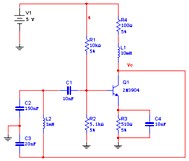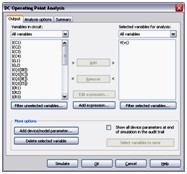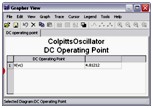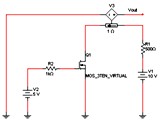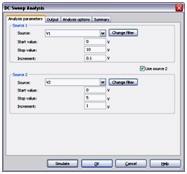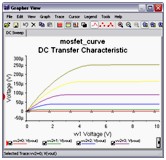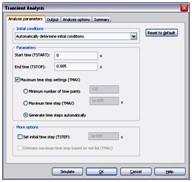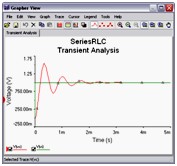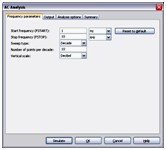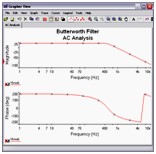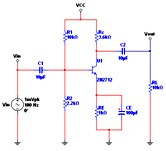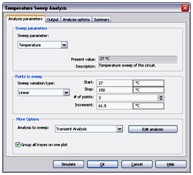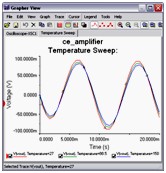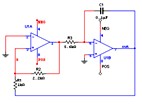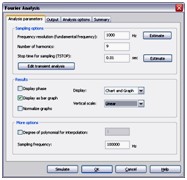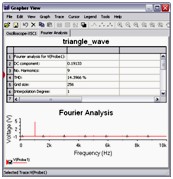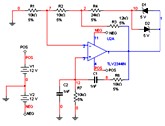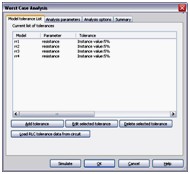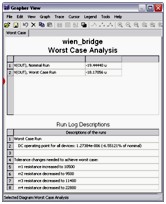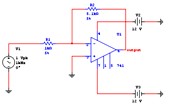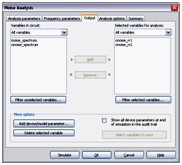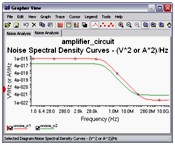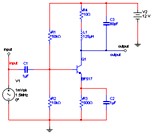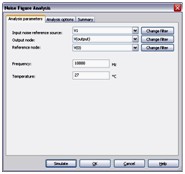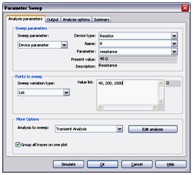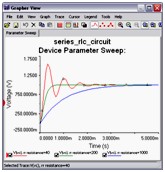Getting Started with High-Speed PCB Design, Beginners Must Understand These 10 Concepts

To learn high-speed PCB design, firstly you must understand some basic concepts, such as what is electromagnetic interference (EMI)? What is Signal Integrity (SI)? What is reflection? Laying the foundation for faster entry into the high-speed PCB design.
Electromagnetic interference (EMI)
Electromagnetic Interference (EMI) is an electronic noise that interferes with cable signals and reduces signal integrity. EMI is typically generated by sources of electromagnetic radiation such as motors and machines.
Electromagnetic Interference EMI has both conducted and radiated interference. Conducted interference refers to the coupling (interference) of signals on one electrical network to another electrical network through a conductive medium. Radiated interference refers to an interference source that couples (interferes) its signal to another electrical network through space. In high-speed PCB and system design, high-frequency signal lines, integrated circuit pins, various types of connectors, etc. may become radiation interference sources with antenna characteristics, which can emit electromagnetic waves and affect other systems or other subsystems in the system. normal work.
Electromagnetic compatibility (EMC)
Electromagnetic compatibility (EMC) refers to the ability of a device or system to operate in its electromagnetic environment without causing unacceptable electromagnetic disturbances to any device in its environment. Therefore, EMC includes two requirements: on the one hand, the electromagnetic disturbance of the equipment in the normal operation process (Electromagnetic Disturbance) can not exceed a certain limit; on the other hand, the equipment exists in the environment Electromagnetic disturbance has a certain degree of immunity, namely Electromagnetic Susceptibility (EMS).
The International Electrotechnical Commission (IEC) defines EMC as: Signals and interference can coexist without damaging the information contained in the signal.
Signal integrity refers to the quality of a signal on a signal line. Signals with good signal integrity are those that have to be reached when needed. Poor signal integrity is not caused by a single factor, but by a combination of factors in the board design. The main signal integrity issues include reflection, oscillation, ground bounce, crosstalk, and so on.
Power Integrity (PI)
Power integrity, referred to as PI, is to confirm whether the voltage and current of the source and destination of the power supply meet the requirements. Power integrity is important in today's electronics. There are several levels of power integrity: chip level, chip package level, board level, and system level. The power integrity at the board level meets the following three requirements:
- Make the voltage ripple of the chip pin smaller than the specification (for example, the error between voltage and 1V is less than +/-50 mV)
- Control ground bounce (also known as synchronous switching noise SSN, synchronous switching output SSO)
- Reduce electromagnetic interference (EMI) and maintain electromagnetic compatibility (EMC): The Power Distribution Network (PDN) is the largest conductor on the board and therefore the antenna that is the easiest to transmit and receive noise.

Crosstalk
Crosstalk is the coupling between two signal lines. The mutual inductance and mutual capacitance between the signal lines cause noise on the line. Capacitive coupling induces a coupling current, while inductive coupling induces a coupling voltage. PCB board layer parameters, signal line spacing, electrical characteristics of the driver and receiver terminals, and line termination methods all have a certain impact on crosstalk.
Reflection
Reflection is the echo on the transmission line. A portion of the signal power (voltage and current) is transmitted to the line and reaches the load, but a portion is reflected. If the source and load have the same impedance, the reflection will not occur. A mismatch between the source and load impedance causes on-line reflections, and the load reflects a portion of the voltage back to the source. If the load impedance is less than the source impedance, the reflected voltage is negative. Conversely, if the load impedance is greater than the source impedance, the reflected voltage is positive. Such reflections can be caused by variations in wiring geometry, incorrect wire termination, transmission through the connector, and discontinuity in the power plane.
Overshoot and undershoot
Overshoot is the first peak or valley value that exceeds the set voltage—for the rising edge, the highest voltage and for the falling edge, the lowest voltage. Undershoot is the next valley or peak. Excessive overshoot can cause the protection diode to work, leading to premature failure. Excessive undershoot can cause false clock or data errors (mis-operating).
Ringing and rounding
The phenomenon of oscillation is repeated overshoot and undershoot. The oscillation of the signal and the surrounding oscillation are caused by excessive inductance and capacitance on the line. The oscillation belongs to the underdamped state and the surrounding oscillation belongs to the overdamped state. Signal integrity problems typically occur in periodic signals, such as clocks. Oscillation and surround oscillations are caused by a variety of factors, as are reflections. Oscillation can be reduced by proper termination, but it cannot be completely eliminated.
Courtesy
Rayming PCB

